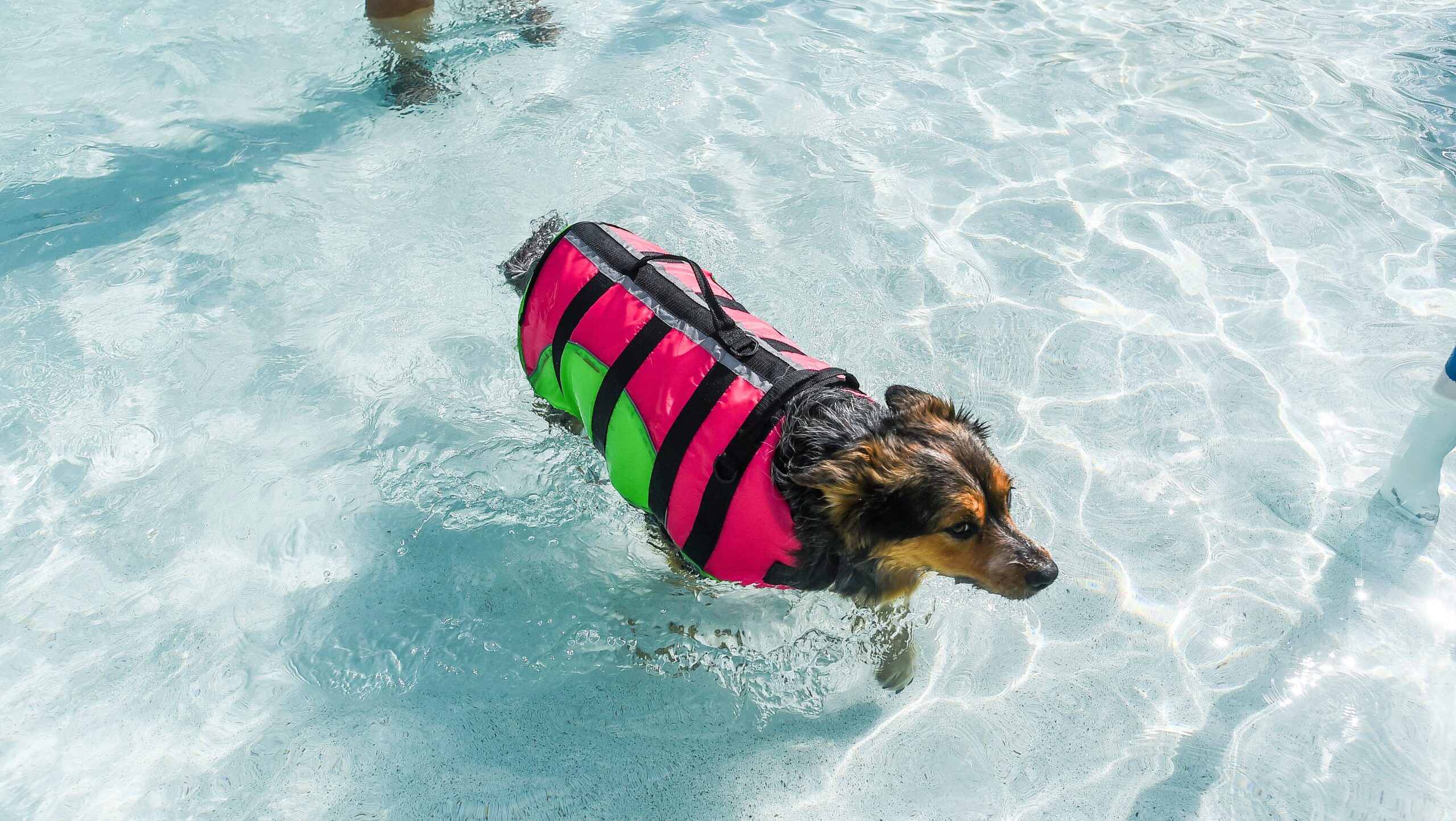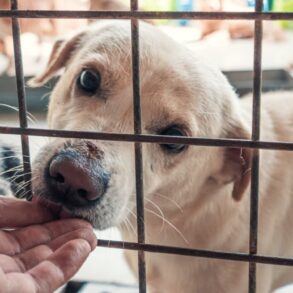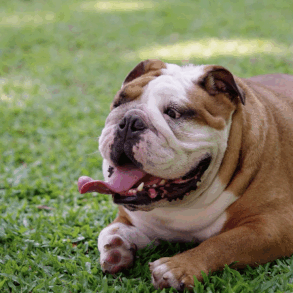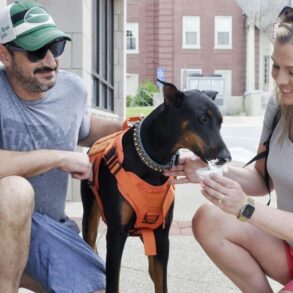
Tips on keeping your dog safe during the summer
From fresh water to hot pavement, here are a few things to keep in mind when it comes to dogs, heat and summer.
It’s extremely hot out there, and it’s not expected to cool down for a while.
Is it hot enough to fry an egg on the sidewalk, as the old cliche says? Unclear. But it is hot enough to fry your dog’s paw pads on the hot pavement when you’re out for a walk. Outdoor pets need places to cool down and escape the heat as well.
So how hot is too hot to walk your dog? Here’s how to keep your pets safe in the heat.
What temperature is too hot for dogs?
If the temperature is above 70 degrees, PetMD recommends you limit the time your dog spends outside, especially when the humidity is high. Humidity is just as problematic as heat to dogs, because they pant to cool their body. When the humidity is high, panting isn’t as efficient.
When the temperature is in the 80s or 90s, your dog should be outdoors only long enough to relieve themselves, per PetMD. Any outdoor playtime should involve water, like swimming in a lake or dog pool.
Dogs are more at risk for heatstroke, which happens when the body reaches 106 degrees, than people, according to the website. The normal body temperature in people ranges between 97 and 99 degrees, according to WebMD. But a dog’s normal temperature is between 100 and 102, per PetMD, meaning it only takes an increase of 4 degrees for your dog to die from heatstroke.
Certain dog breeds are more susceptible to the heat than others. Short-nosed breeds, like pugs and shih tzus, don’t tolerate the heat and humidity because the shape of their faces don’t allow for efficient panting to cool themselves, per PetMD. Likewise, double-coated breeds like golden retrievers overheat faster than short-coated breeds like Labradors. Darker coats also absorb and retain more heat that lighter ones.
How to keep your dogs safe during extreme heat
The American Society for the Prevention of Cruelty to Animals offers the following tips to keep your pet safe in the heat:
- Give pets plenty of fresh, clean water as pets can get dehydrated quickly.
- Make sure they have a shady place to get out of the sun.
- Keep them indoors when it’s extremely hot.
- Know the symptoms of overheating in pets, Those include:
- Excessive panting or difficulty breathing
- Increased heart and respiratory rate
- Drooling
- Mild weakness
- Stupor
- Collapse
- Seizures
- Bloody diarrhea
- Vomiting
- A body temperature of over 104 degrees
- Never leave your animals alone in a parked vehicle. Not only can it lead to fatal heatstroke, but it’s illegal in several states.
- Do not leave pets unsupervised around a pool, and make sure they have fresh water instead of drinking from the pool, ocean or lake.
- Don’t let dogs linger on hot asphalt when the temperature is very high. Being so close to the ground, their bodies can heat up quickly. Also, sensitive paw pads can burn.
How to treat a pet suffering from heatstroke
If you suspect your dog is suffering from heatstroke, get them to a veterinarian ASAP. PetMD advises you call your vet or local veterinary emergency room immediately, because they can advise you on how to cool your pet before arriving.
According to PetMD, try to move your pet to a cool or shady area with a fan, if possible. Wet your dog with room temperature water. Never use ice to cool them during a heatstroke, as it can cause shock or even hypothermia. Drape your dog with wet towels when transporting them to the hospital.
This post was originally published on this site be sure to check out more of their content.













































